 I would like to introduce you to epigenetics. This very fancy word caught my attention while I was in undergraduate school and later on during my MSc. Probably the discovery of this part of molecular biology led me to pursue a PhD in epigenetics, as Steve Jobs would have said... connecting dots! When I was in undergrad school, suddenly a very naive question popped out in my head: all cells in our body have the same DNA... however, the cells present in the brain and the cells in the skin are very very different... How is this possible?? It is almost the same as asking... how do genetically identical twins show a wide variety of differences? As a recap, Clara explained before that in humans, the cell nucleus contains 23 chromosomes (or metaphorically, 23 shelves). In each shelf, there are thousands of books (genes). Each cell has a replica of this exact library, with the same shelves and the same books, however, there are many different cells types in the body. Each cell has to read only a few books to pursue its function. For example, cells whose job is to respond to light should read books explaining the physics of light, wavelength, colour theory, saturation, contrast... While cells whose role is to sense heat will read all the books related to thermodynamics, heat transduction... But... how does each cell know which set of genes it has to read to pursue its right profession? This is where ✨ E P I G E N E T I C S ✨ comes in! Epigenetics is directly translated from the Greek as "above genetics". It can be explained as chemical marks found in the DNA that modify gene expression without changing the DNA sequence. The sum of all epigenetic marks found in the cell is called the epigenome. The functional part of the epigenome Following the library metaphor, we can think of the cell epigenome as the librarian selecting which books the cell has to read to achieve its purpose (Figure 1). The librarian lends the cell a set of necessary books necessary by making them available to read. This set of genes is called "activity pattern". Each cell type has a bunch of genes activated depending on the main role they have (Figure 2). Although in the human body there are 20,000 genes, each cell only needs a few thousand genes to pursue its function. It is the epigenome what which controls the activity patterns and reminds the cell of its identity. Figure 1: Each cell needs a different set of books to pursue its profession, the librarian creates the reading list for each cell’s requirements. Figure 2: Activity pattern of different cell types. We can see how the epigenetic marks (in this case DNA methylation) show the same pattern as the gene expression of the cell (Gene expression). When the methylation level is high (~1, in red) the gene expression is repressed (~-4, in cyan), while, when the methylation level is low (~0, in dark blue) the gene expression is activated (~4, in yellow). The librarian tells which genes must be read, and the cell reads them! Figure adapted from (Hovestadt et al., 2014) The structural part of the epigenome When you arrive at a library, the librarian is only giving you the location of the book. However, in the cell, the function of the librarian is a little more complicated. In human cells, almost 2m of DNA is tightly packed in a tiny nucleus of 2µm of diameter. This is as if a thread as tall as the Burj-Khalifa (830m) is condensed in a 1mm in diameter sphere!! This dramatic compaction of the DNA is made possible due to protein complexes called histones (Figure 3). Little epigenetic marks in the histones can control the level of compaction of the DNA. Therefore, epigenetics in the histones determine which DNA regions are open and ready to be read and which ones cannot be accessed or read. The librarian works by making available specific parts of the shelves for the cell to read! Figure 3: Chromosomes are tightly packed by histone complexes. Histones can be modified by epigenetic marks, in yellow, leading to different open or closed chromatin regions. Photo by the National Institutes of Health Epigenetic marks are not static, they can change following the cells’ needs regarding the environment. Suppose the cell is exposed to a highly oxidative environment. In that case, the librarian will start making genes available that overcome oxidative stress, changing the initial activity pattern. Once the cell is going to reproduce, this new activity pattern will be transmitted to the daughter cells. This is the most crucial point of epigenetic mechanisms: they are heritable, they change future generations' behaviour. Ok... Probably you are wondering... Camino, yes, this is very cool, but apart from all the pure molecular science... Are epigenetics actually interesting for human diseases or something? Definitely! Since epigenetic marks are influenced by environmental factors, everything around us is critical in our cells' behaviour! Everything that we are exposed to can be sensed by our cells as chemical signals. Due to epigenetic marks’ ability to be transmitted, lifestyles such as smoking or unhealthy diet might affect populations' health across several generations. Figure 4: Epigenetic changes during embryo development. Maternal status (F0) affects the environmental status of the fetus (F1), which can affect the baby’s risk of developing diseases. Moreover, the embryo’s germ cells can suffer epigenetic changes, affecting the future third generation. Figure from (Drake & Liu, 2010) A very cool example is observed in agouti mice. These mice have a gene called agouti that makes them obese and with yellow fur. Agouti mothers produce agouti offspring, thus fat and yellow babies. However, if a pregnant agouti mother is fed with a supplemented food that modifies the epigenetic marks around this gene, most of the offspring will be brown and thin! (Figure 5). This spectacular experiment not only affects the mice’s fur and weight, but fat yellow mice are also more prone to diabetes and cancer. A subtle change in maternal diet can modify completely the future of the offspring. Figure 5: (Left) Agouti mothers, when supplemented with food that increases epigenetic changes in the agouti gene, most of the offspring do not show obesity nor yellow fur and have a reduced risk of developing diseases such as diabetes and cancer. (Right) These two mice have identical DNA, however, due to different epigenetic marks in only one gene they look completely different. So, yes, as scary as it sounds: your behaviours right now will influence not only you but also your future generations. References: Drake, A. J., & Liu, L. (2010). Intergenerational transmission of programmed effects: public health consequences. Trends in Endocrinology & Metabolism, 21(4), 206–213. https://doi.org/10.1016/j.tem.2009.11.006 Hovestadt, V., Jones, D. T. W., Picelli, S., Wang, W., Kool, M., Northcott, P. A., Sultan, M., Stachurski, K., Ryzhova, M., Warnatz, H.-J., Ralser, M., Brun, S., Bunt, J., Jäger, N., Kleinheinz, K., Erkek, S., Weber, U. D., Bartholomae, C. C., von Kalle, C., … Lichter, P. (2014). Decoding the regulatory landscape of medulloblastoma using DNA methylation sequencing. Nature, 510(7506), 537–541. https://doi.org/10.1038/nature13268 Some nice TED-talks to learn more about epigenetics: https://www.youtube.com/watch?v=JTBg6hqeuTg&ab_channel=TEDxTalks https://www.youtube.com/watch?v=I5aKvpXdCDM&ab_channel=TEDxTalks https://www.youtube.com/watch?v=_gJK0JxxFOY&ab_channel=TEDxTalks AuthorCamino Ruano is an Early Stage Researcher of iPlacenta. Read her earlier blog post here.
Vaiman
23/3/2021 02:49:56 pm
Excellent, from school to university!
Reply
Leave a Reply. |
About the blogBeing a PhD student in a European training network is a life-changing adventure. Moving to a new country, carrying out a research project, facing scientific (and cultural) challenges, travelling around Europe and beyond… Those 3 years certainly do bring their part of new - sometimes frightening - but always enriching experiences. Categories
All
Archives
December 2021
|


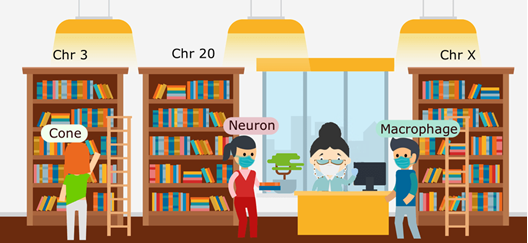
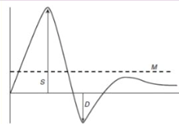
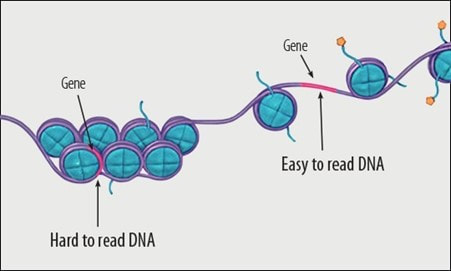
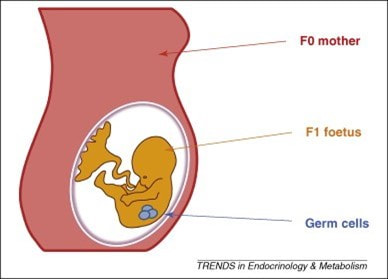
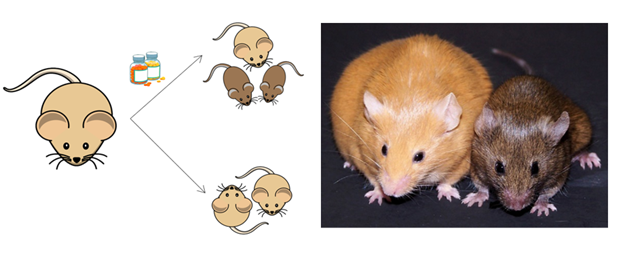
 RSS Feed
RSS Feed
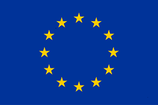
24/2/2021
1 Comment